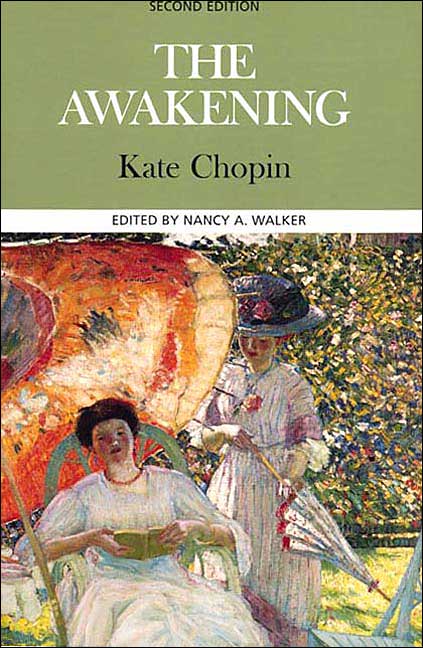

Literary realism is a variable, complex, and often argued about concept. from Bloomsbury Guide to Literature, ed. In general, it means the use of the imagination to represent things as common sense supposes they are. Literary realism is a 19th century conception related to industrial capitalism.

from the Columbia Dictionary of Modern Literary and Cultural Criticism, ed. In its literary usage, the term realism is often defined as a method or form in fiction that provides a "slice of life," an "accurate representation of reality." The websites used in Lesson 2 provide a greater amount of detail - and complication - of literary realism of the 19th century, but the following two definitions serve as good starting points.

Many late 19th century writers reacted against an earlier wave of sentimental writings, focusing instead on an approach more akin to “realism”-studies of daily affairs and commonplace events. As students pursue this central theme, they will also learn about Chopin, her life, and the culture and literary traditions in which she wrote. By showing what Edna's options are, Chopin also exhibits why those roles failed to satisfy Edna's desires. In this curriculum unit, students will explore how Chopin stages the possible roles for women in Edna's time and culture through the examples of other characters in the novella. A master of craft, Chopin wrote a forceful novel about a woman who questioned not only her role in society, but the standards of society itself. Published in 1899, Chopin's novella shocked critics and audiences alike, who showed little sympathy for the author or her central protagonist, Edna Pontellier. Kate Chopin's The Awakening is a frank look at a woman's life at the turn of the 19th century.


 0 kommentar(er)
0 kommentar(er)
